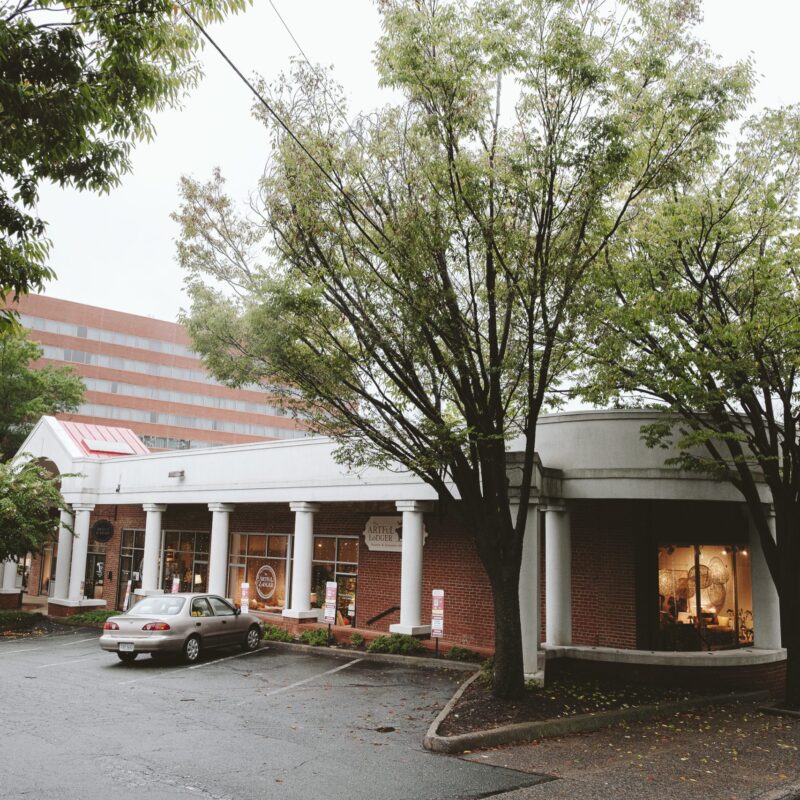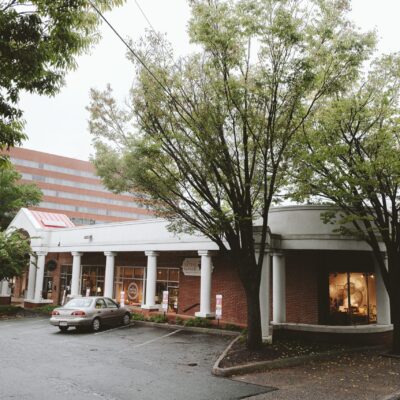Last week, a group of UVA seniors studying foreclosure trends presented preliminary findings to the Piedmont Housing Alliance (PHA) staff. What the students found—using data from June 2006 to August 2008 from foreclosure.com; The Daily Progress classified foreclosure listings; and calls to PHA asking for assistance—revealed that the Charlottesville and Albemarle real estate markets have not been immune to the larger mortgage crisis.
The number of foreclosures both in the city and in the county have increased over the past two years, but, according to the collected data, the number peaked in March 2008 with 36.
The students are part of the Neighborhood Planning Workshop course in the School of Architecture taught by Nisha Botchwey. The purpose of the study was to provide valuable information on foreclosure trends, geographic areas, and housing characteristics to PHA so that it could intervene with preventive housing counseling in the affected areas.
“There has been a big jump from previous years,” says Karen Reifenberger, director of Fair Housing and Special Projects for PHA. Reifenberger says calls for assistance to PHA rose 174 percent in 2006-2007 over 2005-2006. PHA provides counseling service to homeowners in arrears in Albemarle, Fluvanna, Greene, Louisa and Nelson counties as well as Charlottesville.
So far this year, PHA has worked with 24 homeowners in Albemarle who were behind on mortgage payments and 16 in the city. Of these, 21 in the county and 12 in the city are still active. The remaining may or may not have been resolved—PHA only records calls for early delinquency, not foreclosure. The city has awarded PHA $25,000 for counseling and educational services and $29,000 for foreclosure assistance for this fiscal year.
The students showed PHA staff maps and tables that revealed where the foreclosures were taking place. The majority of blighted properties, for instance, were in the city neighborhoods Fifeville, Ridge Street and 10th and Page.
Reifenberger believes that the data will help inform elected officials, neighborhood associations, other community groups on the need for more education resources. “The data will help target our efforts better,” she says. “The neighborhood maps are helpful to try to create other partnerships with agencies and organizations in those neighborhoods.”
Shelley Murphy, director of program services for PHA, says that the research done by the students will help in determining where people need help, but, “people need to understand we need time to get to everyone,” she says. “We are not miracle workers.”
Botchwey says the last seven weeks of classes will be focused on the analysis of the data collected.
“We will be applying the initial data analysis to current housing policies in our region,” she says, ultimately focusing on how responsive and effective those policies are when dealing with foreclosures.
C-VILLE welcomes news tips from readers. Send them to news@c-ville.com.





